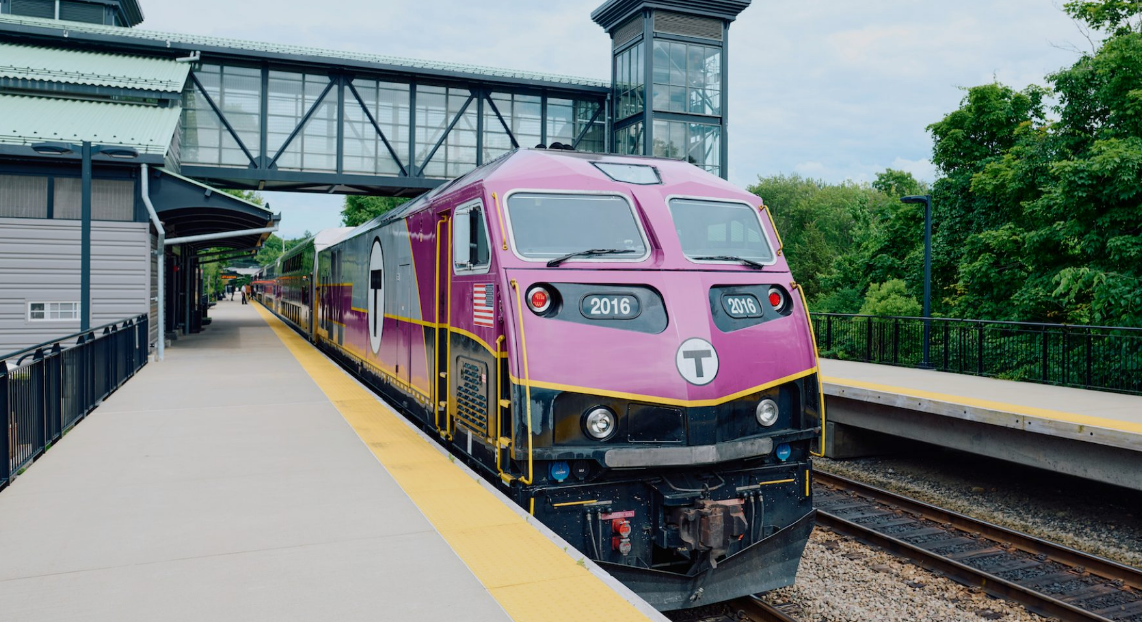
Railway stations come in many shapes: some grand and historic, others sleek and contemporary. Yet some of the most essential stations aren’t defined by their architectural drama but by the quiet, dependable service they offer to thousands of travelers every single day. Among such stations is route 128 station, a place where practicality meets movement, and where everyday travel transitions into meaningful journeys.
A Place Built for Flow and Ease
The first route 128 station
of this station is subtle. There is no towering entrance, no ornate hall, no dramatic flourish. Instead, what you find is clarity—an intentionally designed layout that guides you effortlessly from one point to another. Walkways are direct, platforms are easy to locate, and the overall environment feels thoughtfully structured to reduce the mental load of travel.
This simplicity is its strength. Whether someone arrives for the first time or passes through daily, the station’s intuitive layout ensures that navigation feels natural.
The Changing Pulse of the Day
What makes this station interesting is how its atmosphere transforms throughout the day. Early mornings are filled with brisk motion—commuters moving purposefully, checking schedules, clutching coffee cups, and preparing for the day ahead. There is a quiet energy in the air, driven by routine and urgency.
As mid-day settles in, the mood shifts. The platforms become calmer, footsteps slower, conversations softer. Long-distance passengers often appear during these hours: individuals with backpacks, families with luggage, or travelers heading out for appointments or quick getaways.
Evenings bring another transition. The station becomes a place of return—workers heading home, students wrapping up their day, and weary travelers letting out a sigh of relief as they step onto familiar ground. This cyclical rhythm adds character and depth to the otherwise modest environment.
Designed for Modern Comfort
While the station may not aim for architectural grandeur, it excels in practical comfort. Seating areas provide rest while waiting. Shelters protect passengers from sun, wind, and rain. Thoughtful lighting ensures visibility even during late-night or early-morning travel. Signboards and information screens help travelers stay oriented and confident.
Accessibility is another key element. Ramps, smooth pathways, and clear platform transitions ensure that passengers with mobility challenges feel supported rather than hindered. Families with strollers and travelers with heavy luggage also appreciate the user-friendly design.
A Gateway Between Suburb and City
One of this station’s most important roles is connecting suburban life with wider regional and national routes. It serves as a vital starting point for commuters heading toward urban centers, yet it also welcomes long-distance travelers looking to explore new places or return home from faraway destinations.
This dual purpose gives the station a unique identity. It belongs equally to daily riders who know its layout by heart and to occasional travelers who may be passing through only once. Both groups find what they need here: reliability, clarity, and convenience.
The Quiet Stories Behind the Platforms
Every station holds small, meaningful stories, and this one is no different. There’s the student reviewing notes on the bench before a long exam day. The business traveler adjusting their schedule as they check the digital display. The family sharing snacks while waiting for their train. The elderly couple holding hands, enjoying a moment of stillness as they wait.
These moments—individual yet interconnected—give the station a warmth that architecture alone could never achieve. It becomes a place where lives intersect, even briefly.
Looking Toward the Future
Though the station functions smoothly, there is always room for enhancement. Small additions could elevate the experience even further—a café for quick refreshments, expanded seating during peak times, a more shaded outdoor waiting area, or even landscaped corners that offer a touch of nature amid the movement.
Technological upgrades could also play a role: real-time mobile alerts, more digital signage, or interactive wayfinding tools. None of these things are required for the station to serve its purpose, but they could enrich the experience without disrupting the simplicity it already excels at.
A Station That Stands Steady
In a world filled with busy terminals and complex transit hubs, this station maintains a quiet dignity. It doesn’t overwhelm travelers. It guides them. It doesn’t shout for attention. It simply works—day after day, year after year.
And perhaps that is the most valuable quality a rail station can offer: the ability to make every journey feel a little easier, a little smoother, and a little more grounded.

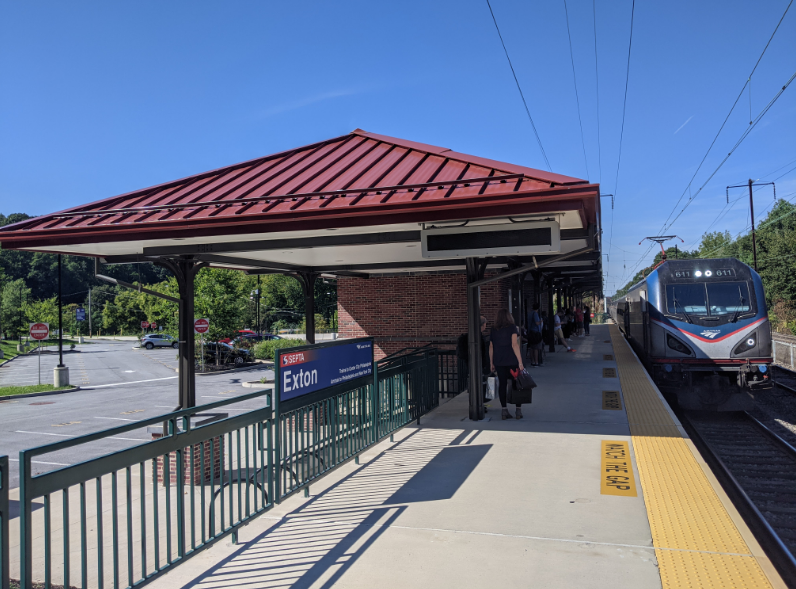




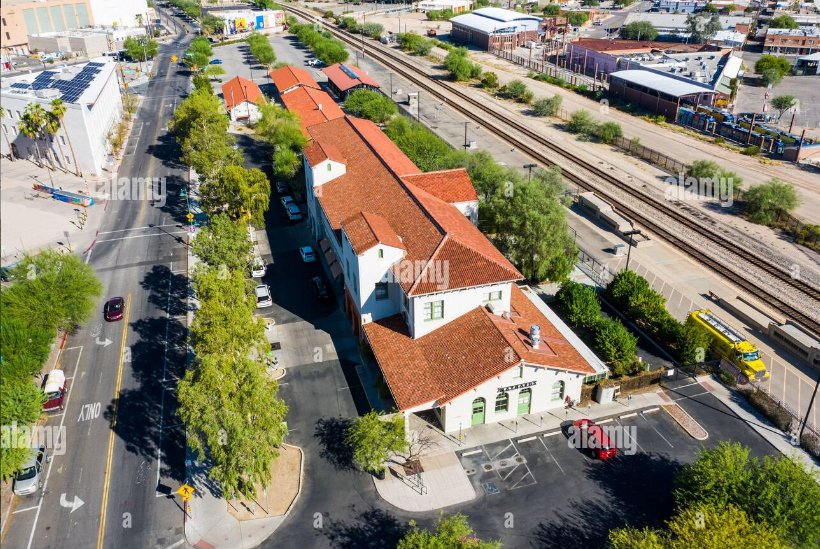
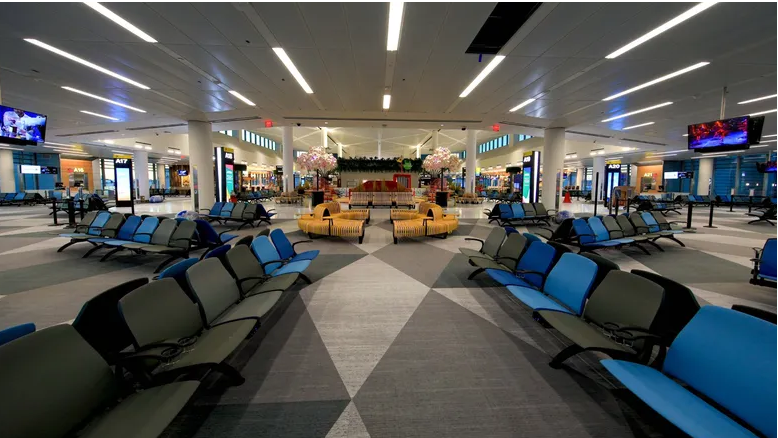
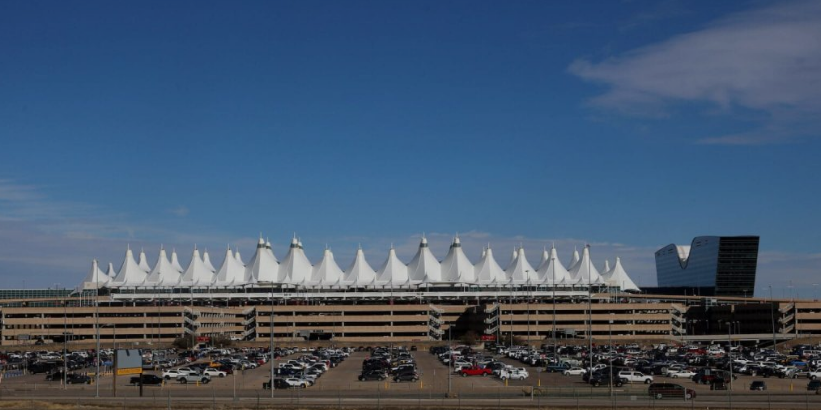

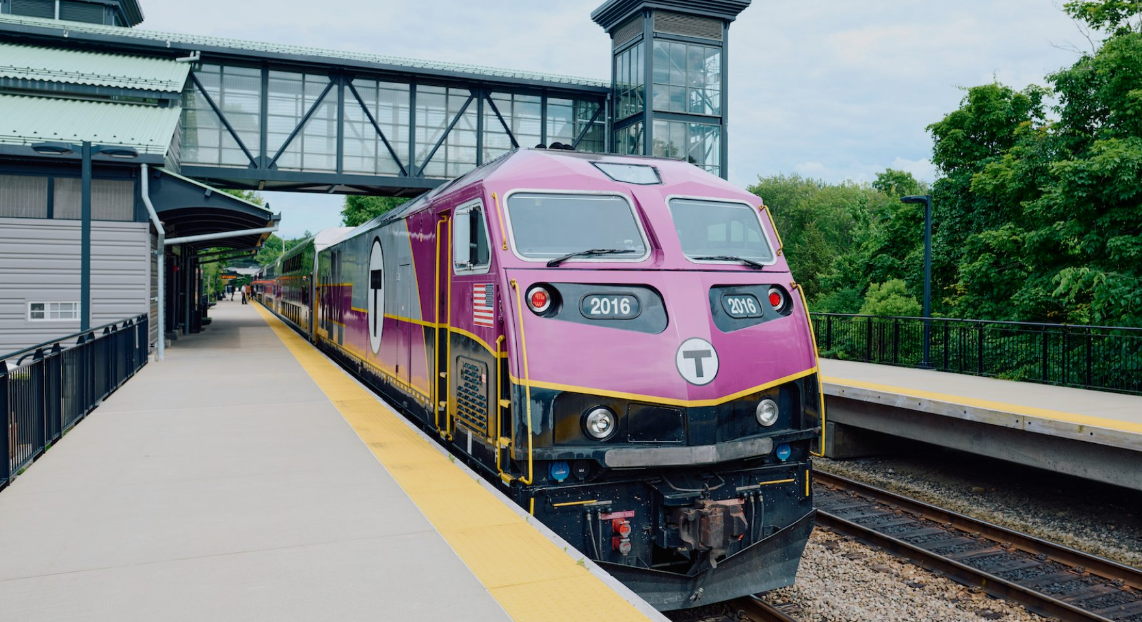
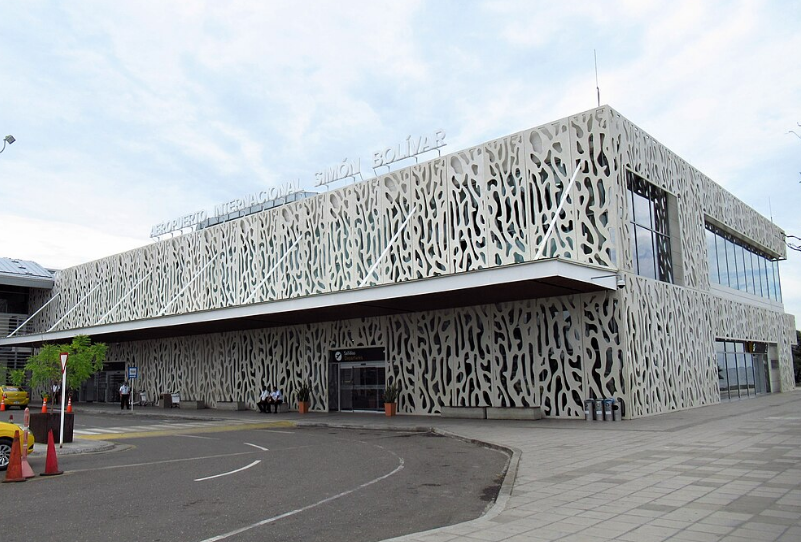
Write a comment ...